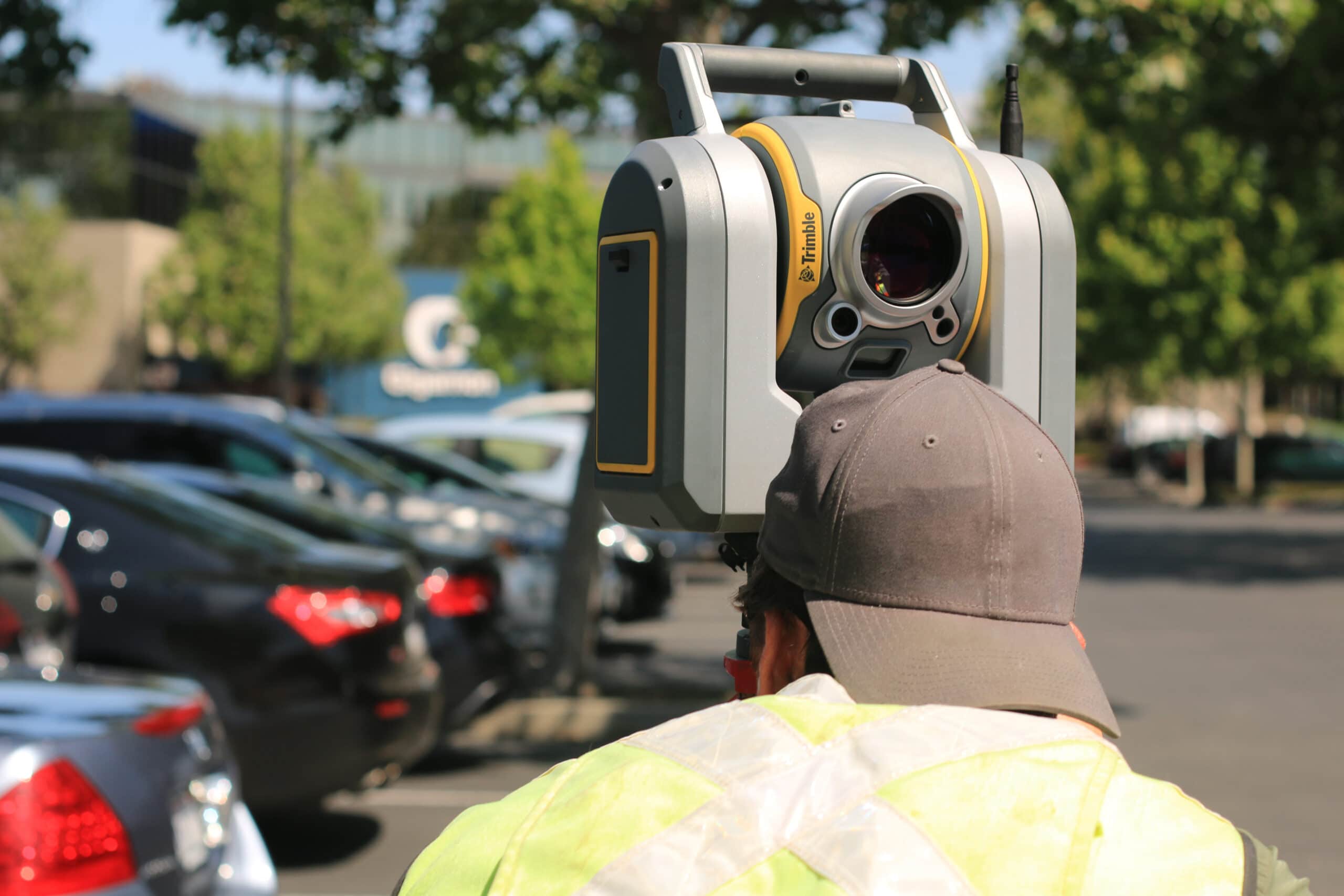
14 Jun What Does a Building Survey Cover?
If you’ve made an offer for a property, it’s highly recommended to request a survey before you commit yourself, to flag up any possible problems. There are various levels of survey, depending on the type and condition of the property. If you’re buying a house over fifty years old, of an unusual design, or in a poor condition, you’d be advised to go for a Building Survey, also known as a Full Structural Survey. So what does a building survey cover ?
What Parts of the Building Will the Surveyor Look At?
A surveyor undertaking a complete Building Survey will inspect of visible parts of the structure, both from inside and outside, as well as any extensions or outbuildings.
Inside, the surveyor will examine all walls, floor and ceilings, as well as chimney-breasts and joinery. Besides the main parts of the house, they’ll also examine the cellar or basement, if you have one, and the roof space, whether it’s a fully developed attic or an unboarded loft.
From the outside, all external walls will be examined, along with the windows and doors. The surveyor will make a detailed inspection of the roof, both from inside and outside, taking in chimney stacks and guttering.
Auxiliary structures like conservatories and garages will be included in the survey. The surveyor will also check the drainage and look at the property’s boundaries.
What Faults Will the Surveyor Look For?
The surveyor will have their eyes open for any potential hazard, of course, but the main issues they’ll be looking for are:
- What materials is the building constructed from? You’ll need to know if the materials could cause problems, especially is there are hazardous materials like asbestos.
- Is there any structural damage? The two areas of particular concern are likely to be the roof and the structural timbers.
- Is there any sign of damp within the walls? If this is left, it could cause serious problems in the future.
- Has any structural work been done without permission? This could cause both practical and legal problems.
- Are there any nearby trees that could threaten the property? Trees are picturesque, but if they’re close enough they could affect both the foundations and the drains.
What Else Will the Surveyor Do?
Once a full survey has been completed, the surveyor will produce their report, including recommendations for solutions to any issues raised. On request, they may also be able to provide a valuation for the property, although this isn’t normally part of the Building Survey. If you need a Building Survey done, or if you think you may require one, give us a call and we’ll be happy to suggest how to proceed.




